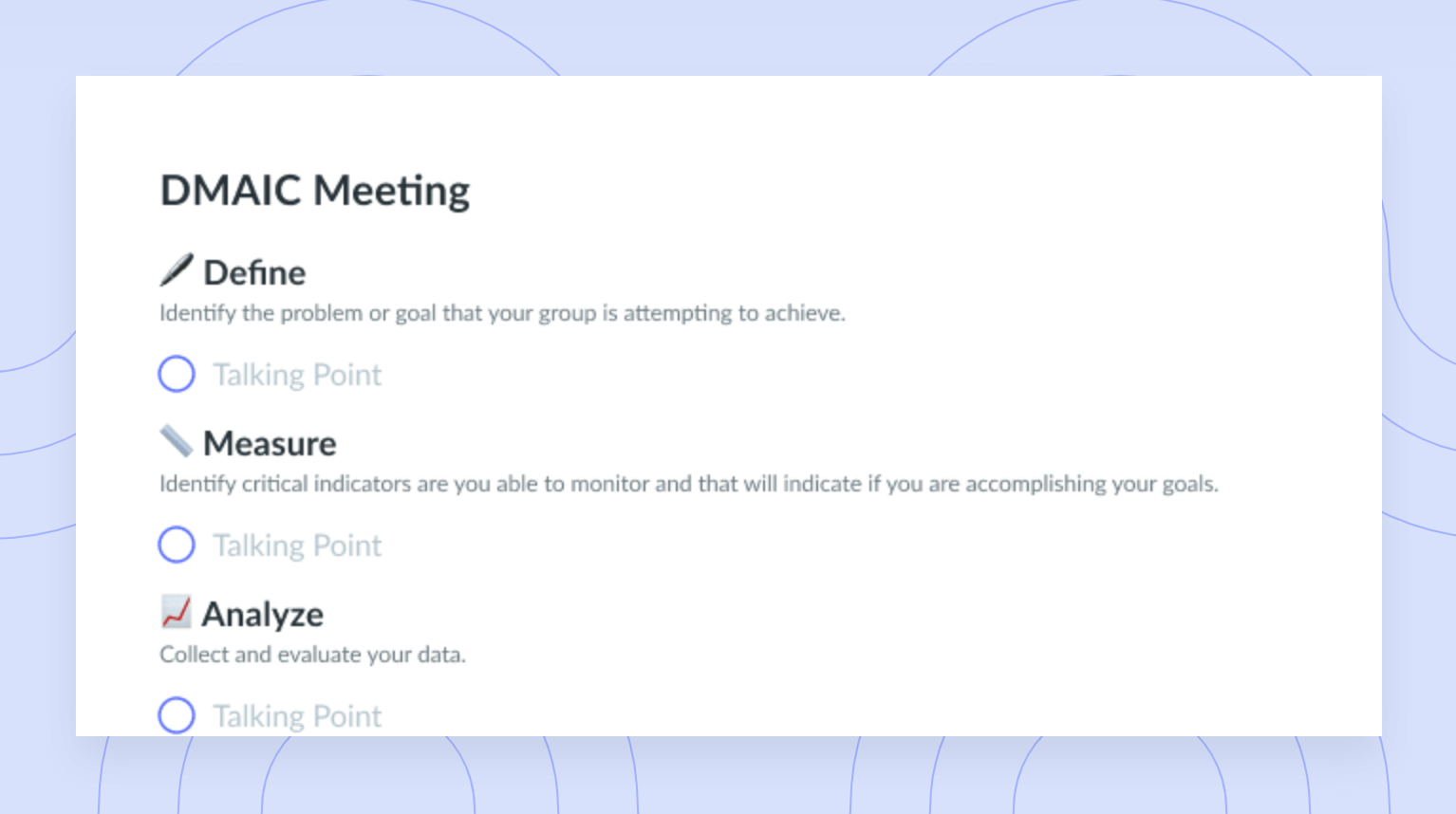Code Refactoring: Best Practices and Techniques
Improve your code and eliminate technical debt with code refactoring. Learn 9 code refactoring best practices here!
Code refactoring is a process used by developers and software engineers that entails cleaning up or improving previously written software or code without changing the original function of the code, in an attempt to render the original code more efficient and maintainable. Editing existing code is much more economical when compared to rewriting it completely. Not only does refactoring aid in reducing technical costs upfront, but it also helps eliminate costly errors that may arise down the road.
Code refactoring can be useful in a number of scenarios. The best time to consider refactoring is before adding any updates or new features to existing code. Backtracking and making improvements to existing code as opposed to adding new programming will not only improve the overall quality of your product, but it will also make it easier for future developers or software engineers to make iterations to build upon the original code.
In this article, we’ll define refactoring, dive into the benefits of refactoring, teach you best practices for refactoring, and detail four code refactoring techniques that will help you improve your code while eliminating technical debt.
- What is code refactoring?
- The purpose of refactoring code
- 9 code refactoring best practices
- Code refactoring techniques
What is code refactoring?
In computer programming and software design, code refactoring refers to the practice of restructuring existing code in an attempt to change its external behavior without compromising the integrity of the code. This could be done for a number of reasons, such as improving the design, structure, or implementation of the code or software without compromising its functionality. Because code refactoring strives to make many small changes over time as opposed to monumental changes that may negatively impact the code’s external behavior, code refactoring greatly decreases the risk of future errors while simultaneously simplifying the implementation of future software.
Refactoring code can be difficult, but the long-term benefits far outweigh the complexities. The practice of code refactoring entails making many small changes instead of rewriting or doing a complete overhaul. Rewriting code means the developer or team of developers often have to throw all existing work out the window, which leads to costly monetary investments, lengthy time commitments, and missed deadlines. Both options have advantages and disadvantages; however, code refactoring often leads to less time wasted and more effective long-term practices.

Build a culture of effective meetings with your engineering team
Level up your engineering meeting habits to boost engagement and productivity with a collaborative meeting agenda. Try a tool like Fellow!

The purpose of refactoring code
The purpose of refactoring code is simple. Those who refactor code aim to improve the design of software or code, make the software or code easier to manage and digest, and work towards identifying bugs that pose future threats. Refactoring is done in an attempt to make improvements or iterations as opposed to going through a major overhaul or redoing something that can simply be tweaked. The process of refactoring also helps engineers or developers gain a more in-depth understanding of the code or systems at hand, which makes future iterations or implementations much easier.
9 code refactoring best practices
- Create a plan
- Collaborate with the QA team
- Set clear expectations
- Test regularly
- Automate the process
- Refactor in small steps
- Troubleshoot and debug separately
- Ensure you understand the code
- Prioritize code deduplication
1Create a plan
Before you or your teammates can refactor code, you’ll first need to create a thorough plan. Creating a plan before you start your refactoring journey will ensure the entire process runs smoothly from start to finish.
2Collaborate with the QA team
Your quality assurance (QA) team is largely responsible for upholding the quality of your code and ensuring your code meets organizational and external standards. Failing to collaborate with your QA team during the refactoring process is a deadly mistake. The QA team may have insights that make the process easier, and you may ultimately make changes that they need to be aware of. Clear communication is key.
3Set clear expectations
Setting clear expectations is the key to successful refactoring. If you don’t get clear from the get-go, you may ultimately lead your team in the wrong direction. Tools like Fellow making setting clear expectations a breeze. With a few simple steps, you can leverage Fellow to assign action items and objectives and key results (OKRs). Interested in learning more? Check out this template to learn how to set exceptional expectations so your QA team can move forward with clarity and confidence.

4Test regularly
Refactoring code is meant to make your lives easier, not harder. If you don’t test your code or software often, you may fail to uncover bugs that could potentially lead to more roadblocks down the road. Testing your iterations frequently will help ensure refactored changes don’t introduce new bugs.
5Automate the process
A developer’s work is never done. On any given day, developers and software engineers alike are responsible for a lengthy list of to-dos. Introducing automation into the refactoring process is one of the only ways that developers or software engineers can cut down on tasks and streamline efficiency. Automation tools make refactoring easier and faster, which ultimately leads to heightened efficiency.
6Refactor in small steps
Taking small, gradual steps is a great way to make sure you’re making progress. If you don’t take the time to monitor your progress over time and instead wait to test or examine the changes you’ve made after you’ve made plenty, you may find it difficult to identify what’s working or what may be broken. It’s best to check if everything is working every time you make a small change.
7Troubleshoot and debug separately
Troubleshooting and debugging and two separate practices that should be treated as such. While both are important aspects of the refactoring process, it’s important to troubleshoot and debug separately. Attempting to do both at the same time may lead to unnecessary errors or added confusion down the road.
8Ensure you understand the code
Code refactoring entails making iterations and improvements. To make small improvements to your code, you need to first understand and be able to decipher the original code. Going at it blind and attempting to make changes without first understanding the code or software at hand may ultimately lead to more errors or bugs as opposed to solutions.
9Prioritize code deduplication
You may have several methods that complete the same tasks, which can lead to complications down the road. Code duplication can expand the software’s footprint and add complexities that become more difficult to identify or uncover in the future. Combining similar methods helps reduce the number of lines of code, which can ultimately make the code easier to understand, test, and maintain.
Code refactoring techniques
1Composing method
This method is used when you come across code that is lengthy and difficult to understand. This technique is designed to reorganize the code by eliminating duplicates or breaking lengthy pieces into more manageable fragments. This method intends to refactor code to be easier to interpret and execute.
2Red-green refactoring
Red-green refactoring is a basic three-step technique that breaks down the refactoring procedure into three systemic steps. Red is the first step. During this step, you begin to review the specific development that you plan to undertake. Next is green. During this step, you get to work on the appropriate implementation code which should qualify the project for basic testing. And lastly, refactoring. This is where your hard work comes to light. During this step, you’ll dive into the code and identify any weak points that require improvement. After this step, you’ll get to work on implementing the improvements (as long as they don’t introduce new functionality).
3Refactoring by abstraction
Abstraction is best used for large-scale projects and when attempting to refactor large quantities of code. This technique aims to remove repetition and redundancy from your code by leveraging tactics such as extracting, creating interfaces, and setting up new classes, hierarchy, and class inheritances. It’s important to remember that abstraction implements large-scale code adjustments over time as opposed to at once, which allows you to keep your systems running while you make changes in the background.
4Preparatory refactoring
Preparatory refactoring is often referred to as a combination of software updates and refactoring. Where other code refactoring techniques are barely based on refactoring, this technique is put into action when a developer or software engineer notices a need for refactoring while adding a new feature.
Save time and money with code refactoring
In conclusion, code refactoring improves readability, eliminates the risk for future mistakes, and streamlines the QA and debugging process. While code refactoring doesn’t remove bugs altogether, it does help eliminate the risk for future mishaps.




























